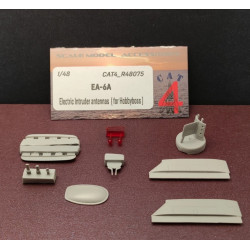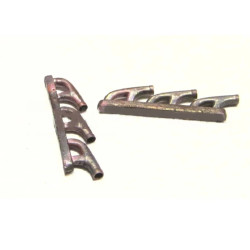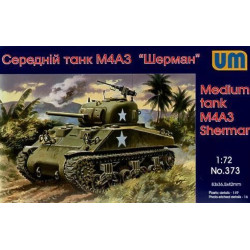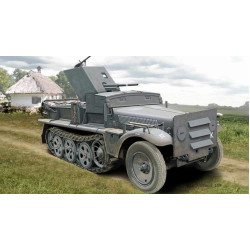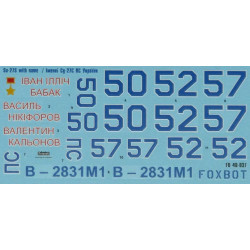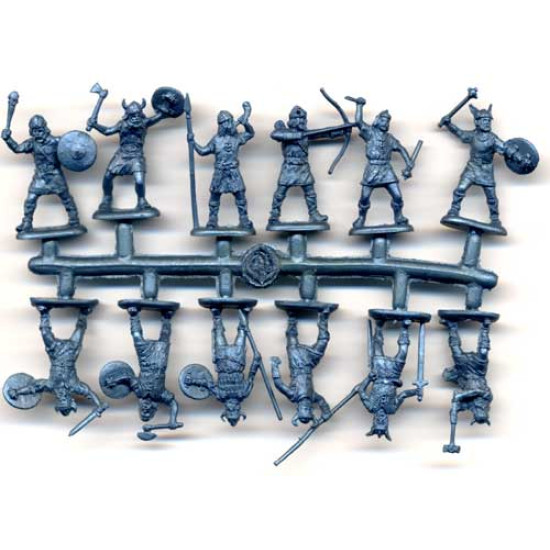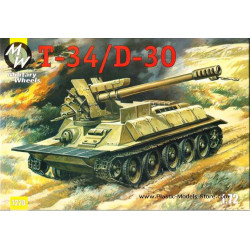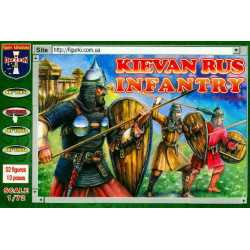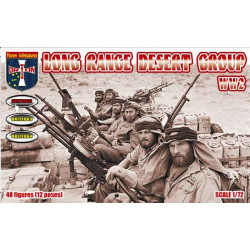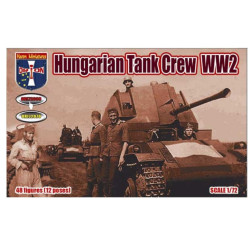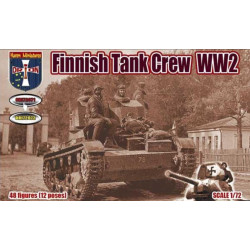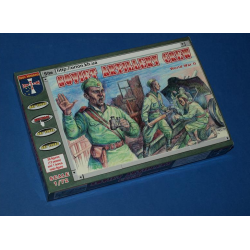Vikings, VIII- XI century
1/72 scale plastic model kit
Orion 72004
Manufacturer: Orion
Scale: 1/72
Material: Plastic
Paint: Unpainted, assembled, Kit do not contain paints and glue.
Condition: New in Box
Vikings (from Old Norse vÃkingr) were the people of the Norse culture, during the Viking Age. They were a seafaring people of north Germanic descent, based in Scandinavia, who raided, traded, explored, and settled in wide areas of Europe, Asia, and the North Atlantic islands, from the late 8th to the mid-11th centuries.The Vikings employed wooden longships with wide, shallow-draft hulls, allowing navigation in rough seas or in shallow river waters. The ships could be landed on beaches, and their light weight enabled them to be hauled overportages. These versatile ships allowed the Vikings to settle and travel as far east asConstantinople and the Volga River in Russia, as far west as Iceland, Greenland, and Newfoundland, and as far south as Nekor. This period of Viking expansion, known as theViking Age, constitutes an important element of the medieval history of Scandinavia, Great Britain, Ireland, Russia, and the rest of Europe.Popular conceptions of the Vikings often differ from the complex picture that emerges from archaeology and written sources. A romanticised picture of Vikings as noble savages began to take root in the 18th century, and this developed and became widely propagated during the 19th-century Viking revival.he received views of the Vikings as violent brutes or intrepid adventurers owe much to the modern Viking myth that had taken shape by the early 20th century. Current popular representations are typically highly clichéd, presenting the Vikings as familiar caricatures.In Old English, the word wicing appears first in the Anglo-Saxon poem, Widsith, which probably dates from the 9th century. In Old English, and in the history of the archbishops of Hamburg-Bremen written by Adam of Bremen in about 1070, the term is synonymous with pirate and a Scandinavian.[clarification needed] As in the Old Norse usages, the term is not employed as a name for any people or culture in general. The word does not occur in any preserved Middle English texts. The word Viking was introduced into Modern English during the 18th-century Viking revival, at which point it acquired romanticised heroic overtones of "barbarian warrior" or noble savage. During the 20th century, the meaning of the term was expanded to refer not only to seaborne raiders from Scandinavia and other places settled by them (like Iceland and the Faroe Islands), but secondarily to any member of the culture that produced said raiders during the period from the late 8th to the mid-11th centuries, or more loosely from about 700 to as late as about 1100. As an adjective, the word is used to refer to ideas, phenomena, or artefacts connected with those people and their cultural life, producing expressions like Viking age, Viking culture, Viking art, Viking religion, Viking ship, and so on.
| General Product Info | |
| Material | Plastic |
| Scale | 1/72 |
| Type | Ancient Warriors |
We have the lowest worldwide shipping. And it's totally simple.
EUROPE, USA, CANADA TURKEY, ISRAEL, EGYPT, UE CHINA, JAPAN, HK, S.KOREA | AU NZ MX South America, Asia | |
| Order weight up to 0.22kg or 0.48lb | US$ 8.90 | US$ 8.90 |
| Order weight up to 0.44kg or 0.97lb | US$ 13.95 | US$ 17.90 |
| Order weight over 0.44kg or 0.97lb | US$ 19.99 | US$ 29.99 |
| Order total over $150 | FREE | PROMO US$ 19.99 |
Shipping to some countries not qualifies for the free shipping option but costs not over $29.99 for any sized order. Sorry for that, your location is too far.
- Stock: 2
- Model: ORI72004
- Weight: 0.12lb
- DATE ADDED: 31/03/2014




